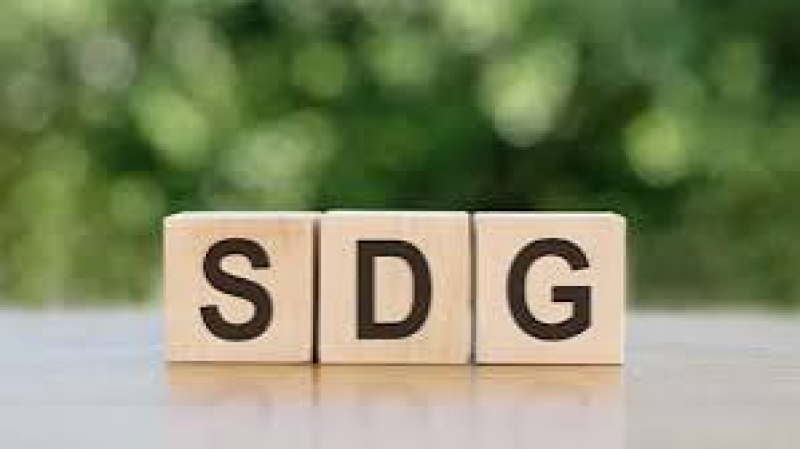- Depositors stranded as Sammilito Islami Bank is in liquidity crisis |
- BNP faces uphill task to reach seat-sharing deal with allies |
- Bangladesh rejects India’s advice; vows free, fair polls |
- Hadi’s condition very critical: Singapore Foreign Minister |
- Asia-Pacific hunger eases, Gaza pipeline fixed, Europe hit by flu |
How is Bangladesh achieving the Sustainable Development Goals?
It is time now for value addition. This is the third and concluding part of a three-part series on Bangladesh and SDGs

It is important to note at the beginning, that the indicators, although formulated based on local level need and context, are essentially linked to the global goals and will contribute directly or indirectly to the achievement of the goals.
Besides, like other developing countries, the planning process here in Bangladesh is traditionally following a top-down approach. This model thus has tried to break this tradition and bring in an inclusive and bottom-up approach.
With the publication of the list of priority indicators, the concerned ministries, departments, local government bodies, local administration, and local community are now aware of the priority areas for development.
Hence, the issues of national priority and local priority will be given importance while planning, be it at the central or local level.
The identified priority will feed into planning and implementation process in the following manner:
The national indicators can feed into the long/midterm planning, in the formulation Annual Development Program (APD) and other relevant policies;
Regional (district) indicators can be good entry point for ADP, ministry /department wise planning, local government planning, and policy formulation
Sub-regional (upazila) indicators can be utilized for ADP, ministry/department level planning; upazila level planning, and non state/NGO planning
The identification of local priority is a primary task of SDG localization, just one step ahead towards full utilization of the Bangladesh model. In order to extract full benefit from the exercise the following actions need to be put in place:
1. National level planning: Five year/mid-term/short-term plans devised by the planning commission needs to consider national priority indicators;
2. Ministry level planning: ADP, strategic planning, and policy documents need to be developed considering the national, district and upazila priority indicators;
3. Local level planning: Planning at the local government institutions, local departments, and public sector organizations needs to consider the district and upazila priority indicators;
4. Mapping of priority and actions with ministry/division: Lead and co lead ministry/divisions needs to be identified for each national priority;
5. Alignment: Projects and programs of DPs and NGOs need to be in alignment with the national, district, and upazila priority indicators. The Economic Relation Division (ERD), NGO Affairs Bureau (NGOAB), and local administration can be instrumental in tracking the projects and schemes in line with the priority;
6. Preparation of action plans: The priority needs to be transformed into implementable actions; action plans need to be put in place at all three levels involving all relevant stakeholders.
7. Monitoring and evaluation: A monitoring mechanism needs to be devised in order to track whether these identified indicators are considered during the planning process or while programs and projects are launched. District and upazila level SDG monitoring committees can play key roles at the local level and National Committee for SDG can monitor the progress at the national level;
8. Engaging local actors: Local level community and private sector can be inspired by the public sector entity to take local actions centring on the local priority by mobilizing local resources. This can be crucial for local ownership of the actions.
The idea of localization is still a relatively new concept which requires awareness-raising, advocacy, and the preparation of local and regional government agencies, as well as policy consensus and coordination among various sectoral stakeholders to achieve the SDG goals.
Most of the SDG localization in Bangladesh is focusing on local rather than national targets. Despite the emphasis on partnership in Agenda 2030, the participation of local communities and civil society in its implementation is still limited.
SDG localization has become challenging due to the limited capacity and resources of local stakeholders to participate in SDG implementation and conflicts between local, national, and international agendas.
It is important to maintain a good balance among local, national, and international agendas. A win-win platform is a must for achieving the main goal of development.
Dr Mohammad Kamrul Hasan
A Researcher and Public Administration Practitioner.

